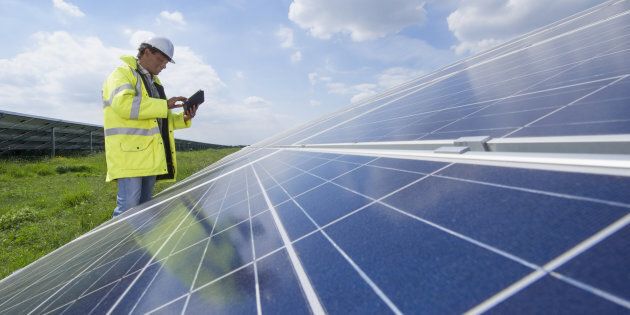
When NSW was afflicted with severe blackouts in the early 1980s, the Wran Government acted and commissioned the new Bayswater and Liddell power stations to ensure extra supply. Once they were operational the blackouts stopped.
East coast Australia now faces a similar scenario each summer with constrained electricity supply and a warming climate.
So, why can't governments do what Wran did and build more capacity? Because governments no longer own power generation assets in New South Wales, Victoria and South Australia -- the three states facing a power supply crisis.
State Liberal Governments sold the generation assets of these states to the private sector and we are now beginning to pay for it.
The private sector is not investing in new baseload energy because of a lack of policy certainty.
In 2007 when the Iemma government proposed to lease the New South Wales state-owned generators, proponents of the lease said to me: "Don't worry, the private sector will always invest in new baseload power. They won't constrain supply."
Well guess what? The private sector is not investing in new baseload energy because of a lack of policy certainty. As a result, supply is becoming constrained and business and household consumers are starting to pay the price.
In their submission to the Finkel review, The Australian Energy Council, stated: "The lack of national policy certainty is now the single biggest driver of higher electricity prices. The electricity cost of sustained national policy inaction is effectively equivalent to a carbon price in excess of $50 a tonne."
By removing a price on carbon, reducing the RET and ignoring expert advice advocating an Emissions Intensity Scheme (EIS), the Abbott/Turnbull Government has completely destroyed the policy plan for certainty of investment in our energy sector.
This Government has overseen a dramatic reduction in investment in renewable energy. In 2014, investment in large-scale wind, solar and other clean energy sources fell an astounding 88 percent to $240 million, the lowest since 2002, putting us behind countries such as Panama, Sri Lanka and Myanmar.
While coal will remain part of our energy mix for the foreseeable future, all Australians realise our nation must make a transition to cleaner renewable energy and governments need a plan to manage the transition.
Labor's Emissions Intensity Scheme is widely considered by industry experts and stakeholders to be the most affordable approach to providing investment certainty while supporting our transition to clean energy. An EIS encourages electricity generators to reduce their carbon emissions and invest in newer, cleaner technology and gain a financial advantage. This ensures a competitive advantage to clean sources of electricity, while minimising the impact on wholesale electricity prices.
An EIS would reduce emissions and keep power bills up to $15 billion lower over a decade.
Under the Turnbull Government, emissions have continued to rise with recent data revealing in 2015/16 a 2.2 percent increase on 2014-15 levels. This can be linked to a lack of an EIS and cleaner energy plan.
An EIS would reduce emissions and keep power bills up to $15 billion lower over a decade.
A gradual transition to renewable energy sources is the right move for our country, not only in terms of easing environmental impact but creating new and high-skilled jobs for Australians. The solar sector employs 2.8 million people globally. In the US, solar now provides twice as many jobs as coal.
Costs associated with solar power continue to plummet, dropping 58 percent in five years with a further expected fall by 40-70 percent by 2040. Meanwhile, battery storage for households and businesses is coming on in leaps and bounds, with more than 6,500 households now taking advantage of the technology.
This Government's unwillingness to tackle this issue head on is condemning future generations to clean up the mess while denying them the jobs and opportunity that would flow from embracing the transition to clean energy.
It's also costing us a lot more money on our power bills.
ALSO ON HUFFPOST AUSTRALIA